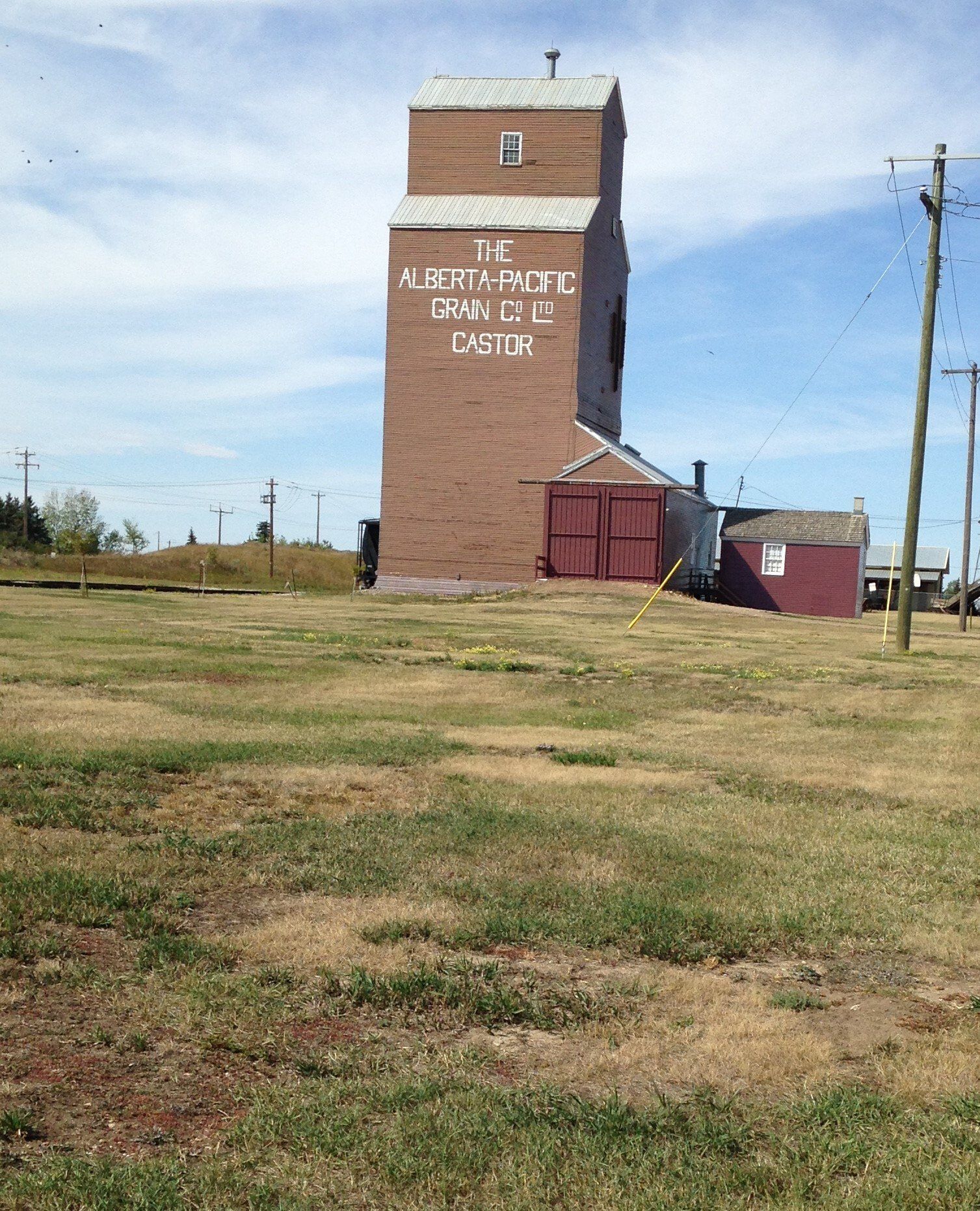If you’re of a certain vintage and you grew up in a rural prairie community, chances are the local grain elevator is inextricably linked to your memories of home. Just about every town had grain elevators. One always knew when they were close to home when they could see their town’s elevator etched on the skyline in the distance.
Those days, elevators weren’t just for storing and handling grain. They were the local hub for farmers to gather with a cup of coffee in hand. It was there that they discussed local and world events, the price of grain, whose crop produced the most bushels per acre and the weather forecast announced on the radio that morning.
During harvest, it was often the stressed farm wife’s task to bring the sample of grain in a coffee can to the elevator agent testing. This job would fall somewhere between hauling grain, taking supper to the field, and picking up kids from the school bus. A seasoned elevator agent knew to be as sympathetic as a marriage counsellor when he gave a farm wife the news that the grain was dry, and they could start combining the field.
Diplomacy was a big part of the job of an elevator agent. They had to be wily enough to convince a producer that his grain should have been a number one, but he had to give it a number three.
During harvest, the elevator agent was central dispatch for an entire community of busy, weary, sometimes cranky farm families. He could test grain moisture samples with his eyes closed, late at night, and on weekends. And he had to be patient enough not to recommend any other places the customers could put their grains when they suggested that a competing grain buyer would probably give their grain a better grade.
I remember marveling at our agent’s composure. One time, I watched as he calmy worked while three half-tons were backed up to the feed shed, twenty-five grain trucks were waiting to unload, and the spout loading grain cars had fallen and was unloading grain on the tracks.
Grain agents had to be the ultimate multi-taskers. When loading grain cars, our agent could run down the length of three grain cars, climb down the ladder and answer the phone as though he had been sitting there at his desk filing his nails.
He would never get confused and answer the computer, weigh the customer or put the scale to his ear.
These days, there’s just a sprinkling of grain elevators dotting the prairies. It was a sad time in many towns when first the railway tracks were removed and then the elevators, one by one. In most communities, the tall wooden structures have been replaced by large, centralized cement grain terminals located out of town.
Fortunately, thanks to the foresight of our local
Castor & District Museum Society one of Castor’s elevator’s survived and is being restored to its 1917 era. The Alberta Pacific Grain Elevator still stands tall in our community to welcome you home.




